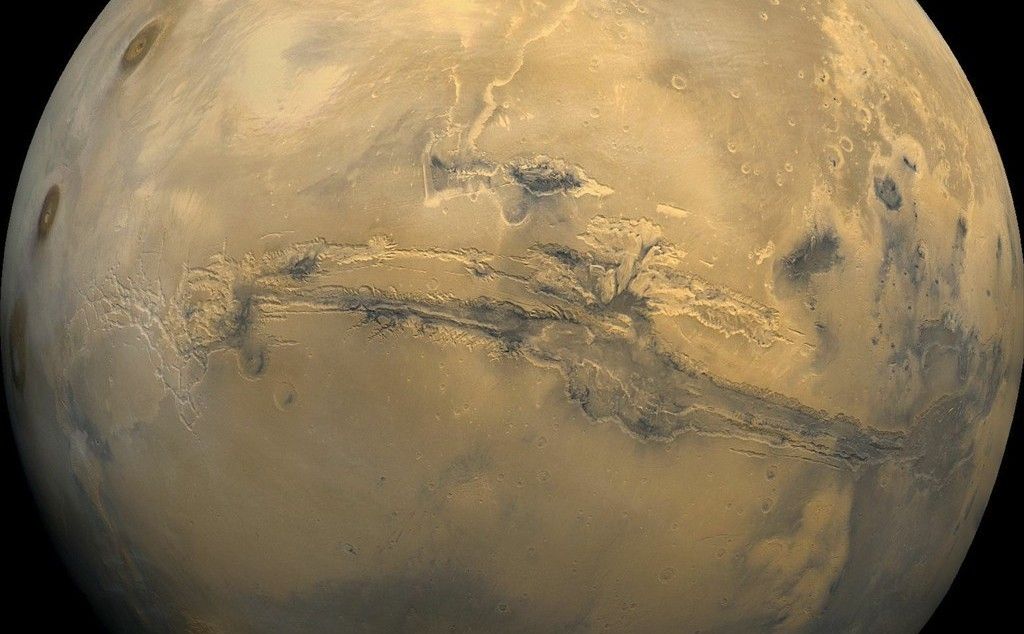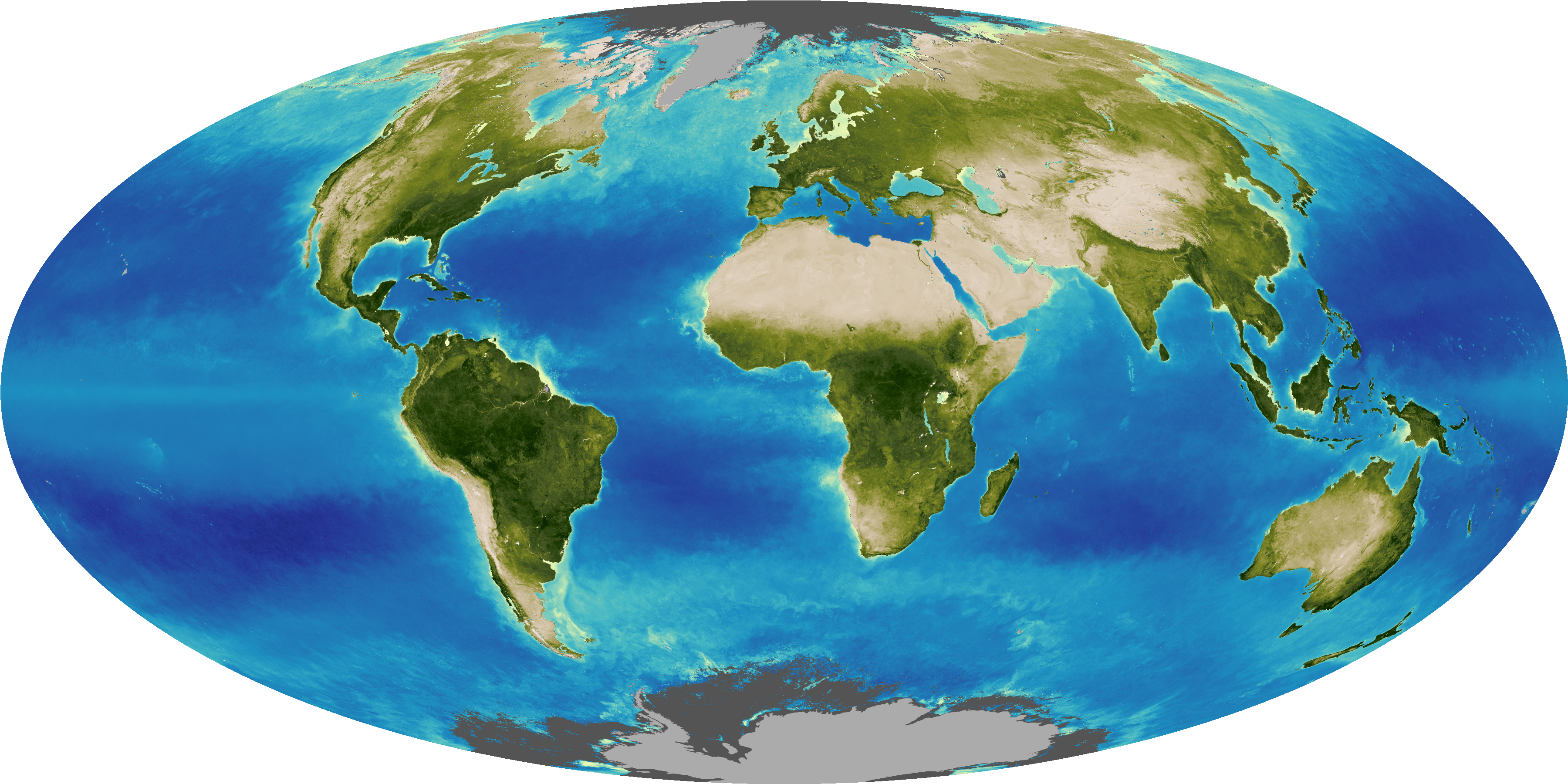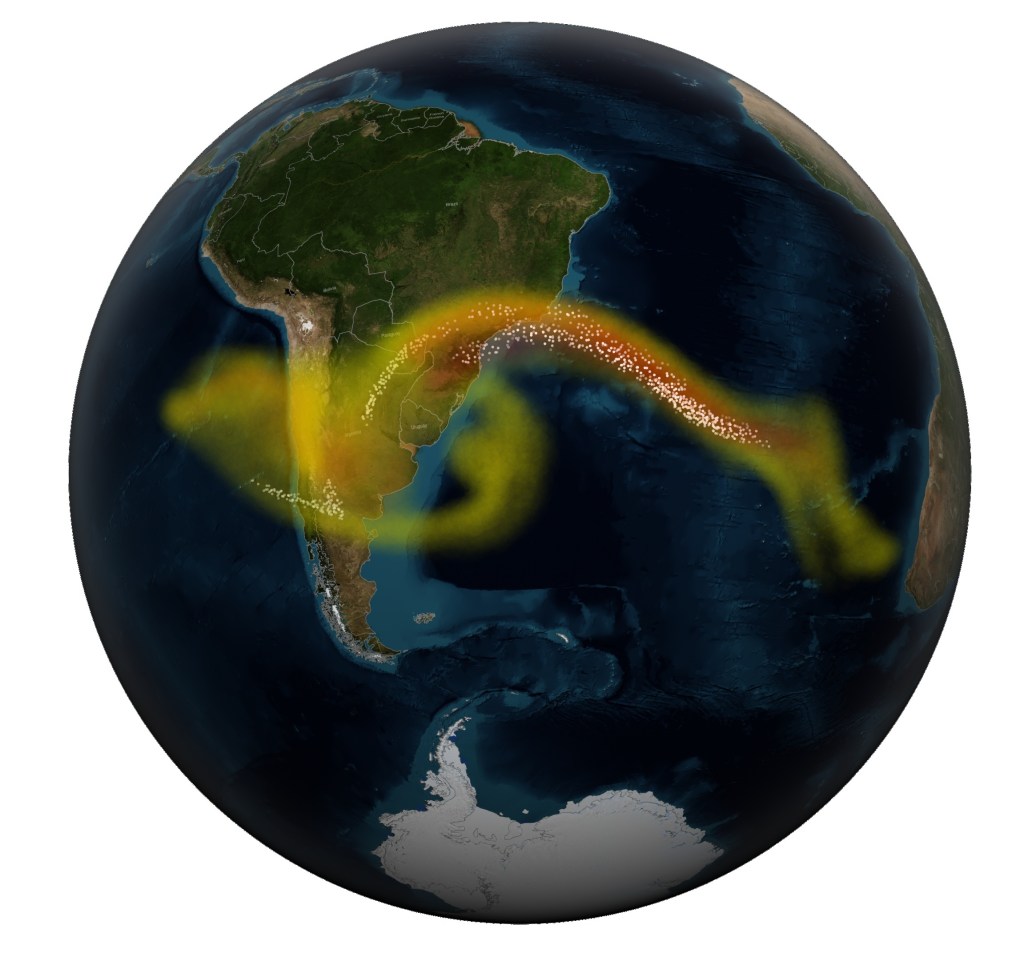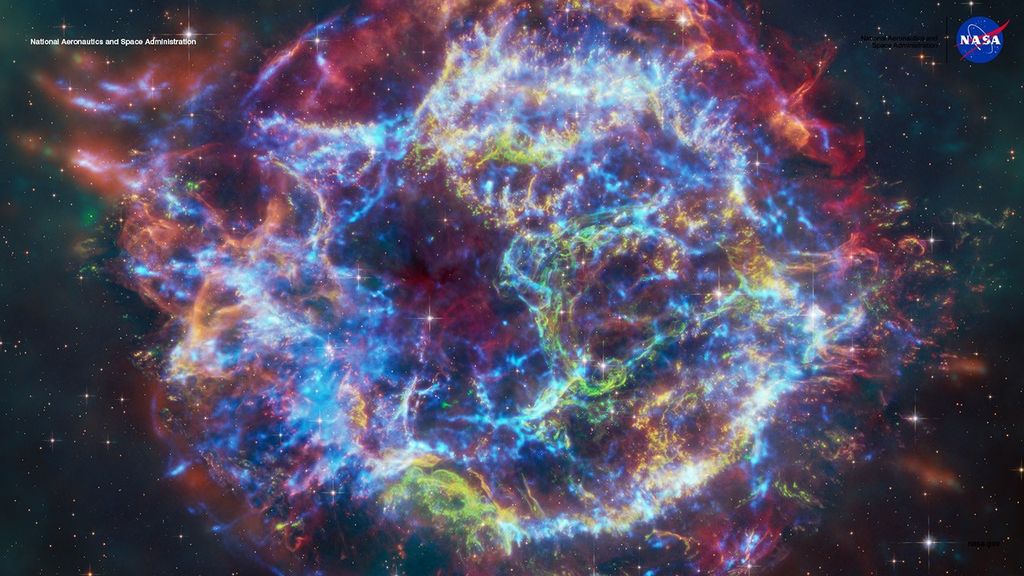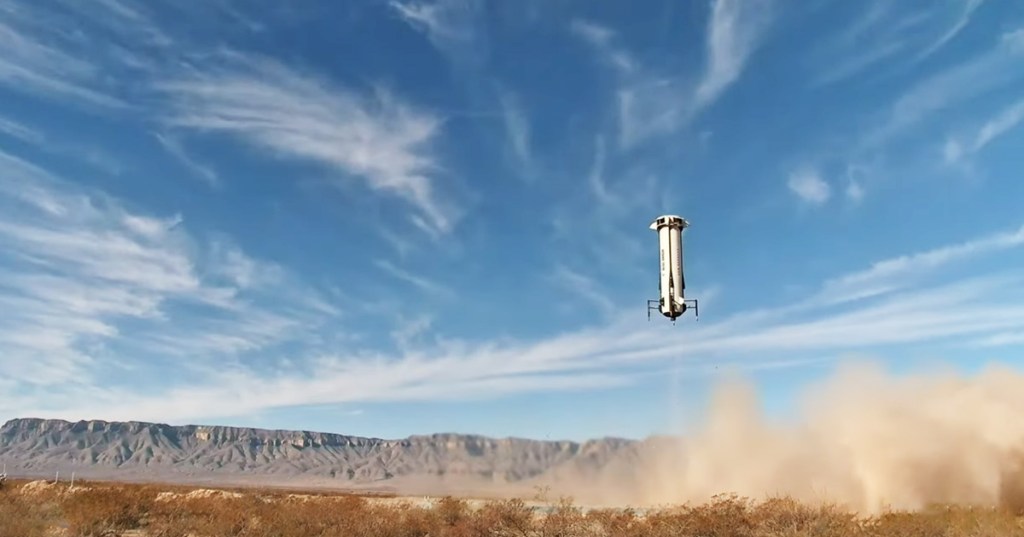19 min read
May 2022: The Next Full Moon is the Flower Moon, the Corn, or Milk Moon
The next full moon is the Flower Moon and there will be a total lunar eclipse.
The next full moon will be just after midnight, early on Monday morning, May 16, 2022, appearing opposite the Sun in Earth-based longitude at 12:14 a.m. EDT. This will be on Sunday from the U.S. Central Daylight Time zone westward across the rest of North and South America and the Pacific Ocean to the International Date Line.
The Moon will be so close to opposite the Sun that it will pass through the shadow of the Earth. The Moon will begin entering the partial shadow of the Earth at 9:32 p.m. EDT on Sunday night, May 15, 2022, but the slight darkening of the Moon will not stand out until the Moon enters the Earth's full shadow. From 10:28 to 11:29 p.m. the curved edge of the round Earth's full shadow will gradually move across the face of the Moon. The Moon will be in the Earth's full shadow from 11:29 p.m. on Sunday night until 12:54 a.m. on Monday morning, May 16, with the peak of the eclipse at 12:11 a.m. The Moon will emerge from the Earth's full shadow between 12:54 and 1:55 a.m. as the curved edge of the shadow shifts across the Moon. The Moon will not finish exiting the partial shadow until 2:51 a.m., but the subtle shading of this last part of the eclipse will be difficult to notice.
The Moon in full eclipse will appear dull to reddish-brown in color. Although the Earth is blocking the direct light from the Sun from reaching the Moon, the Earth's atmosphere scatters and refracts some light onto the Moon. The glow we can see is caused by all the sunrises and sunsets on Earth shining on the Moon at the same time. The color of the eclipse varies depending upon the sunrise/sunset conditions around the Earth. In 1921 André-Louis Danjon introduced a 5-point scale for measuring the color of lunar eclipses.
Because of this reddish color, the eclipsed Moon is sometimes called a Blood Moon, although it is not clear (to me, at least) if this is a traditional name. The name Blood Moon or Sanguine Moon is also used for the Hunter's Moon (usually in October), either because the preparations for winter shift from harvesting to hunting, or because of the reddish color of the leaves in fall.
The Moon will appear full for about 3 days centered on the time of the eclipse, from Saturday evening through Tuesday morning.
In the 1930s the Maine Farmer's Almanac began publishing Native American names for the full moons of the year. According to this Almanac, the Algonquin tribes of what is now the northeastern United States called this the Flower Moon for the flowers that are abundant this time of year. Other names include the Corn or Corn Planting Moon and the Milk Moon.
This full moon corresponds with Vesak, also known as Buddha Purnima (as well as other more regional names). Vesak is a Buddhist holiday that commemorates the birth, enlightenment, and death of Gautama Buddha. The actual date of Vesak varies depending upon the lunar calendar in use in the particular country or region, but this year for most areas it falls on or near the day of this full moon.
A few publications consider this full moon to be a supermoon. The term "supermoon" was coined by astrologer Richard Nolle in 1979 and refers to either a new or full moon that occurs when the Moon is within 90% of perigee, its closest approach to Earth. Since we can't see a new moon (except when it passes in front of the Sun), what has caught the public's attention in recent decades are full supermoons, as these are the biggest and brightest full moons for the year. Different publications use different thresholds for deciding which full moons qualify as a supermoon. In 2022, some publications recognize four supermoons (this full moon and the full moons in June, July, and August), some recognize only three (in June, July, and August), and others only two (in June and July).
In many traditional lunisolar calendars, full moons fall in the middle of the lunar months. This full moon is in the middle of the fourth month of the Chinese calendar and Iyar in the Hebrew calendar. In the Islamic calendar, the months start with the first sighting of the waxing crescent moon shortly after the new moon, and this full moon is near the middle of Shawwāl.
As usual, the wearing of suitably celebratory celestial attire is encouraged in honor of the full moon.
Here is a summary of celestial events between now and the full Moon after next (with times based on the location of NASA Headquarters in Washington, D.C.):
As the end of spring approaches, the daily periods of sunlight approach their longest of the year. On Monday, May 16, 2022 – the day of the full moon – morning twilight will begin at 4:48 a.m., sunrise will be at 5:55 a.m. solar noon will be at 1:04:27 p.m. when the Sun will reach its maximum altitude of 70.33 degrees, sunset will be at 8:15 p.m., and evening twilight will end at 9:22 p.m. Although the summer solstice later in June will be the day of the year with the longest period of daylight, the solar days (as measured, for example, from solar noon to solar noon on a sundial) are longer than 24 hours near the solstices, so the earliest sunrises of the year occur before the solstice and the latest sunsets of the year occur after the solstice. This year, Monday and Tuesday, June 13 and 14 are tied for the earliest sunrise of the year, with sunrise at 5:42:11 a.m. EDT and morning twilight starting at 4:30 a.m. By Tuesday, June 14 – the day of the full moon after next – morning twilight will begin at 4:30 a.m., sunrise will be one of these earliest sunrises at 5:42 a.m., solar noon will be at 1:08:24 p.m. when the Sun will reach its maximum altitude of 74.41 degrees, sunset will be at 8:35 p.m., and evening twilight will end at 9:47 p.m.
On the evening of Monday, May 16, 2022 – the day of the full moon – as evening twilight ends at 9:22 p.m. EDT, the full moon will just be rising above the east-southeastern horizon, and the bright star Antares will rise to the lower right of the Moon about 10 minutes later. No planets will be visible. The constellation Ursa Major, also known as the Great Bear or the Big Dipper, will appear nearly overhead in the northern sky. No particularly bright star will appear near to directly overhead, the highest being Regulus at 54 degrees above the southwestern horizon, with Arcturus a close second at 53 degrees above the east-southeastern horizon. Regulus is the brightest star in the constellation Leo (the lion) and the 21st brightest star in our night sky. Its Arabic name means "the heart of the lion." Regulus is about 79 light-years from Earth and is four stars that we see as one (two binary star systems orbiting each other). Arcturus, the 4th brightest star in our night sky, is about 37 light-years from Earth and nearly the same mass as our Sun, but older. Arcturus has used up its core hydrogen and become a red giant, swelling to about 25 times its previous size and shining about 170 times brighter than the Sun. Our Sun is about halfway through this lifecycle and is expected to become a red giant in about 5 billion years.
As the lunar cycle progresses the background of stars will appear to shift westward each evening, although it is actually the Earth that is moving around the Sun toward the East. The waxing moon will pass near the bright stars Pollux on June 2, Regulus on June 5, Spica on June 9, and Antares on June 12, 2022. By the evening of Tuesday, June 14 (the day of the full Moon after next), as evening twilight ends (at 9:47 p.m. EDT), the full Moon will just be rising, appearing 3 degrees above the southeastern horizon. The bright star appearing closest to overhead will be Arcturus at 70 degrees above the southern horizon.
On the morning of Monday, May 16, 2022 – the day of the full moon – as morning twilight begins (at 4:48 a.m. EDT), four of the five visible planets will appear in a line above the east-southeastern horizon, with Saturn to the upper right at 26 degrees above the southeastern horizon, Mars at 16 degrees above the east-southeastern horizon, bright Jupiter at 13 degrees above the east-southeastern horizon, and the brightest planet, Venus, to the lower left at 6 degrees above the eastern horizon. The full moon will appear 12 degrees above the southwestern horizon. The "Summer Triangle" will appear directly overhead with the bright star Vega appearing closest to overhead at 83 degrees above the western horizon. Vega is about twice as massive as our Sun, 40 times brighter, and about 25 light-years from us.
As the lunar cycle progresses, the background of stars along with Jupiter, Saturn, and Mars will appear to shift westward each morning, although Mars will appear to shift more slowly. Venus will appear to shift the opposite way, closer to the eastern horizon. The waning moon will pass near the bright star Antares on May 17, Saturn on May 22, Jupiter and Mars on May 25, and Venus on May 27, 2022. With Jupiter shifting eastward faster than Mars, the pair will appear to move closer together each morning until they will pass (less than a degree apart) on May 29, after which they will continue and separate. The full moon will appear near the bright star Antares on the morning of June 13, with the pair setting below the west-southwestern horizon about 10 minutes after morning twilight begins.
By the morning of Tuesday, June 14, 2022 – the day of the full moon after next – as morning twilight begins at 4:30 a.m. EDT, four of the five visible planets will appear in a line above the east-southeastern horizon, with Saturn to the upper right at 35 degrees above the south-southeastern horizon, Jupiter at 29 degrees above the east-southeastern horizon, Mars at 25 degrees above the east-southeastern horizon, and Venus to the lower left at 6 degrees above the east-northeastern horizon. About 6 minutes after morning twilight begins, Mercury will rise above the east-southeastern horizon, appearing nearly as bright as Mars and Saturn. Mercury will join the lineup of planets to the lower left of Venus, allowing us to see all five of the visible planets at the same time, lined up from lower left to upper right in order of their distance from the Sun. The full moon will appear 8 degrees above the southwestern horizon. The "Summer Triangle" will appear overhead, with the bright star Deneb appearing closest to overhead at 83 degrees above the north-northwestern horizon. Deneb is about 20 times more massive than our Sun but has used up its hydrogen and has expanded to a blue-white supergiant with a diameter about 200 times that of our Sun (if Deneb were in the same place as our Sun, it would extend to about the orbit of the Earth). Deneb is about 2,600 light-years from Earth and is the 19th brightest star in our night sky. I'll write more about the lineup of the planets in my next posting, as Mercury will reach its highest above the horizon at the time morning twilight begins later in June (after the full moon after next).
Here is a more detailed, day-by-day listing of celestial events between now and the full moon after next. The times and angles are based on the location of NASA Headquarters in Washington, D.C., and some of these details may differ for your location.
Monday night into Tuesday morning, May 9 to 10, 2022, the bright star Regulus will appear below the waxing gibbous Moon. The Moon will appear 63 degrees above the south-southwestern horizon as evening twilight ends at 9:14 p.m. EDT with Regulus about 5 degrees below the Moon. Regulus will set first on the west-northwestern horizon Tuesday morning at 2:47 a.m.
Wednesday evening, May 11, 2022, will be the last evening that Mercury will appear above the horizon as evening twilight ends, although Mercury may remain visible in the glow of dusk before evening twilight ends until around the evening of the full moon.
Friday evening into Saturday morning, May 13 to 14, 2022, the bright star Spica will appear to the lower right of the waxing gibbous Moon. They will appear about 5 degrees apart as evening twilight ends, the Moon will reach its highest in the sky at 11:20 p.m., and Spica will set first on the west-southwestern horizon on Saturday morning about 20 minutes before morning twilight begins.
As mentioned above, on Sunday night into Monday morning, May 15 to 16, 2022, we will have both a full moon and a total eclipse of the Moon, peaking just after midnight EDT on Monday morning, May 16. The Moon will begin entering the partial shadow of the Earth at 9:32 p.m. on Sunday night, May 15, but the slight darkening of the Moon will not stand out until the round edge of the Earth's full shadow starts falling on the Moon at 10:28 p.m. It will take until 11:29 p.m. for the Earth's round shadow to fully cover the Moon. The peak of the eclipse will be at 12:11 a.m. on Monday morning, May 16. The Moon will be opposite the Sun in Earth-based longitude three minutes later at 12:14 a.m. (this is the event used to define the time of a full moon). The Moon will begin emerging from the full shadow at 12:54 a.m. and finish emerging from the full shadow at 1:55 a.m. The Moon will not finish exiting the partial shadow until 2:51 a.m., but the subtle shading of this last part of the eclipse will be difficult to notice. Aside from the darkening of the Moon due to this eclipse, the Moon will appear full from Saturday evening through Tuesday morning.
Monday night into Tuesday morning, May 16 to 17, 2022, the bright star Antares will appear about 3 degrees to the lower right of the full moon. Antares will rise above the southeastern horizon after the Moon about 9 minutes after evening twilight ends. The Moon will reach its highest in the sky for the night on Tuesday morning at 2:07 a.m. and the Moon will appear about 16 degrees above the southwestern horizon as morning twilight begins at 4:46 a.m.
Tuesday, May 17, 2022, at 11:28 a.m. EDT, the Moon will be at perigee, its closest to the Earth for this orbit.
On Saturday afternoon, May 21, 2022, the planet Mercury will be passing between the Earth and the Sun as seen from the Earth, called inferior conjunction. Planets that orbit inside of the orbit of Earth can have two types of conjunctions with the Sun, inferior (when passing between the Earth and the Sun) and superior (when passing on the far side of the Sun as seen from the Earth). Mercury will be shifting from the evening sky to the morning sky and will begin emerging from the glow of dawn on the eastern horizon in early June (depending upon viewing conditions).
On Sunday morning, May 22, 2022, the planet Saturn will appear near the waning half Moon. Saturn will rise first with the Moon rising above the east-southeastern horizon at 2:06 a.m. EDT with Saturn about 5 degrees to the upper left of the Moon. As morning twilight begins at 4:42 a.m., the Moon will appear 23 degrees above the southeastern horizon with Saturn about 6 degrees above the Moon.
Sunday afternoon, May 22, 2022, the waning Moon will appear half-full as it reaches its last quarter at 2:43 p.m. EDT (when we can't see it).
On Tuesday morning, May 24, 2022, the planet Mars will appear about 8 degrees to the left of the waning crescent Moon, with the brighter planet Jupiter farther to the left. The Moon and Mars will rise together above the eastern horizon at 3:04 a.m. EDT, about 1.5 hours before morning twilight begins at 4:40 a.m.
On Wednesday morning, May 25, 2022, the bright planet Jupiter and the fainter planet Mars will appear to the upper right of the waning crescent Moon. The Moon will rise above the eastern horizon at 3:37 a.m. EDT, about an hour before morning twilight begins, with Jupiter about 5 degrees to the upper right of the Moon. Mars will appear about 2 degrees farther to the upper right from Jupiter.
On Friday morning, May 27, 2022, you might be able to see the bright planet Venus about 5 degrees to the upper right of the thin, waning crescent Moon. The Moon will rise above the east-northeastern horizon at 4:14 a.m. EDT just 23 minutes before morning twilight begins.
Sunday morning, May 29, 2022, will be the morning that the bright planet Jupiter and the fainter planet Mars will appear to pass nearest to each other, just 0.6 degrees apart, a little more than the apparent diameter of the full Moon. Mars will be to the lower left of Jupiter. The pair will rise above the eastern horizon at 2:54 a.m. EDT, less than 3 hours before morning twilight begins. They will be about 20 degrees above the east-southeastern horizon as morning twilight begins at 4:46 a.m.
Monday morning, May 30, 2022, at 7:30 a.m. EDT, will be the new moon, when the Moon passes between the Earth and the Sun and will not be visible from the Earth.
The day of or the day after the New Moon marks the start of the new month for most lunisolar calendars. The fifth month of the Chinese calendar starts on Monday, May 30 (at midnight in China's time zone, which is 12 hours ahead of EDT). Sundown on Monday, May 30, marks the start of Sivan in the Hebrew calendar. In the Islamic calendar, the months traditionally start with the first sighting of the waxing crescent moon. Many Muslim communities now follow the Umm al-Qura Calendar of Saudi Arabia, which uses astronomical calculations to start months in a more predictable way. Using this calendar, sundown on Monday evening, May 30, 2022, will probably mark the beginning of Dhu al-Qadah. Dhu al-Qadah is one of the four sacred months during which warfare is prohibited.
Wednesday morning, June 1, 2022, will be the first morning that the planet Mercury will be above the east-northeastern horizon 30 minutes before sunrise, approximating the first morning Mercury will begin emerging from the glow of dawn. Once Mercury becomes visible in the morning sky, all five of the naked eye planets will be visible at the same time, lined up in order of their distance from the Sun.
Wednesday evening, at 9:14 p.m. EDT, the Moon will be at apogee, its farthest from the Earth for this orbit.
On Thursday evening, June 2, 2022, the bright star Pollux (the brighter of the twin stars in the constellation Gemini) will appear 4 degrees above the waxing crescent moon. The Moon will appear about 19 degrees above the west-northwestern horizon as evening twilight ends at 9:39 p.m. EDT, and will set below the northwestern horizon about 2 hours later at 11:35 p.m.
On Sunday night into early Monday morning, June 5 to 6, 2022, the bright star Regulus will appear 6 degrees to the lower left of the waxing crescent moon. The Moon will appear about 40 degrees above the western horizon as evening twilight ends at 9:42 p.m. EDT. Regulus will set first below the west-northwestern horizon a little more than 3 hours later on Monday morning at 1:01 a.m.
On Tuesday morning, June 7, 2022, the Moon will appear half-full as it reaches its first quarter at 10:49 a.m. EDT (when we can't see it).
On Thursday night into early Friday morning, June 9 to 10, 2022, the bright star Spica will appear about 7 degrees to the lower left of the waxing gibbous Moon. The Moon will appear about 45 degrees above the south-southwestern horizon as evening twilight ends at 9:44 p.m. EDT. Spica will set first below the west-southwestern horizon about 5 hours later on Friday morning at 2:46 a.m.
On Sunday night into Monday morning, June 12 to 13, 2022, the bright star Antares will appear about 8 degrees to the lower left of the nearly full waxing gibbous moon. The Moon will appear about 23 degrees above the south-southeastern horizon as evening twilight ends at 9:46 p.m. EDT. The Moon will reach its highest in the sky for the night 2 hours later at 11:46 p.m. By the time morning twilight begins Monday morning at 4:30 a.m., Antares will appear to the left of the Moon and the pair will be about 10 minutes from setting on the west-southwestern horizon. By Monday evening as evening twilight ends the Moon will have shifted to the other side of Antares. Antares will appear 8 degrees to the upper right of the Moon and the pair will separate as Monday night progresses.
For the Washington, D.C.-area (and similar latitudes, at least), the mornings of Monday and Tuesday, June 13 and 14, 2022, are tied for the earliest sunrise of the year. For the location of NASA Headquarters, morning twilight will start at 4:30 a.m. EDT and sunrise will be at 5:42:11 a.m. While the summer solstice is the day of the year with the longest period of daylight, the solar days near the solstice are longer than 24 hours, so the earliest sunrises of the year occur before and the latest sunsets occur after the summer solstice.
The full Moon after next will be Tuesday morning, June 14, 2022, at 7:52 a.m. EDT. The Moon will appear full for about 3 days centered on this time, from Sunday night through Wednesday morning.
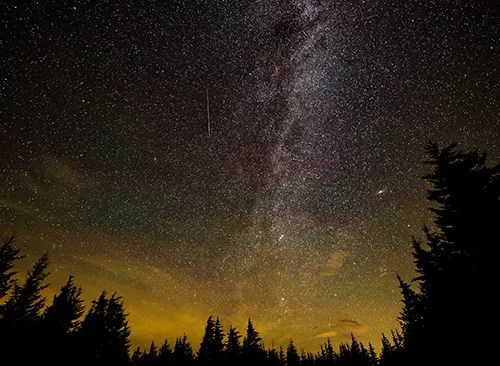
Guides, tips, and more
Keep Exploring
Discover More Topics From NASA


